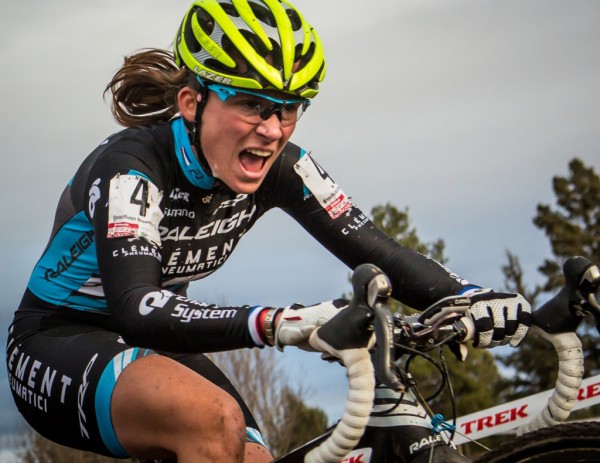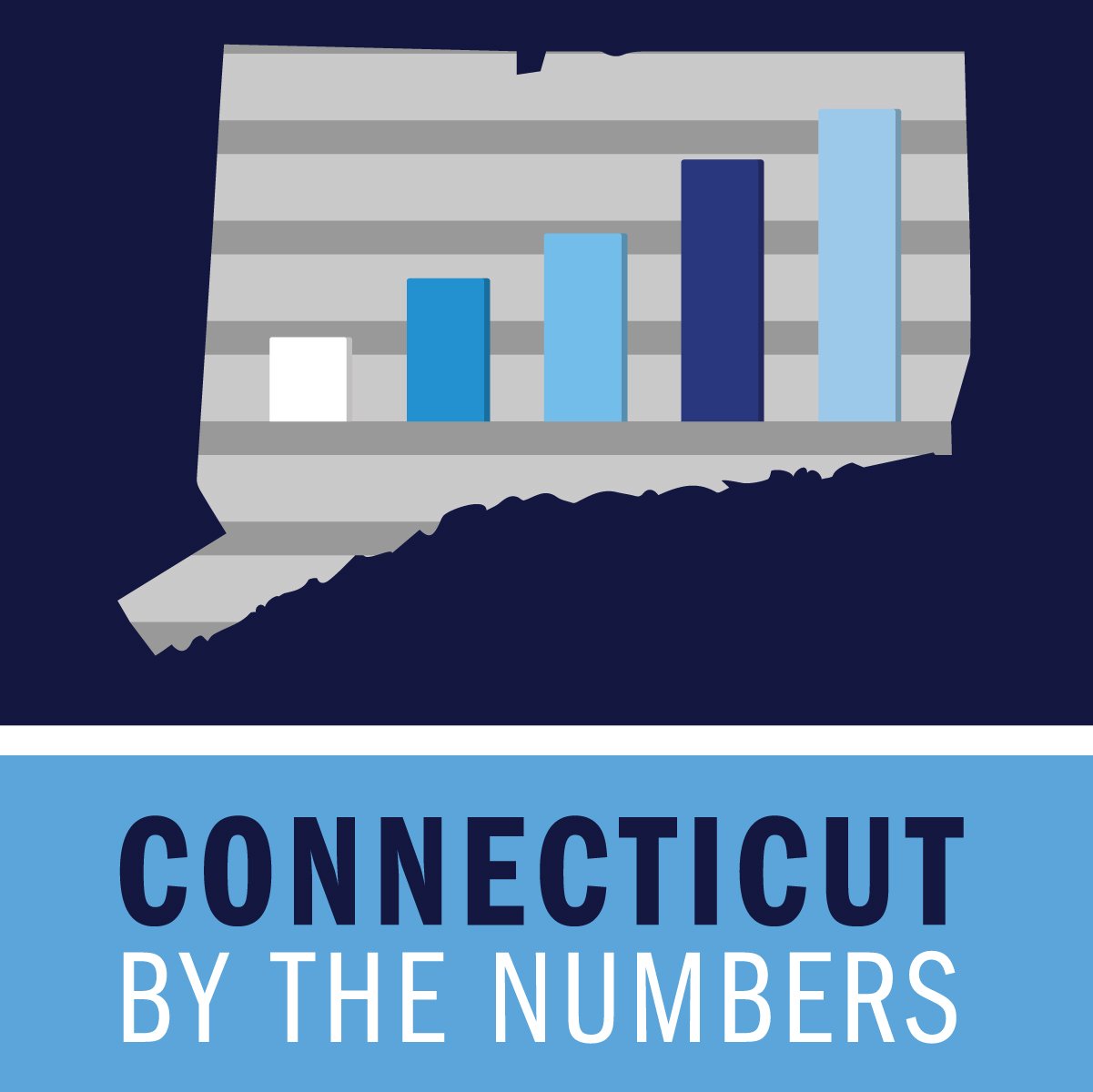New Facilities at Southern, UConn Stress Science Education, Careers
/In the fall of 2015, Connecticut’s efforts to encourage science careers among students attending state colleges ramped up with the opening of a new Science and Laboratory Building on the campus of Southern Connecticut State University in New Haven, and the groundbreaking for a Science and Engineering Building at the University of Connecticut in Storrs. Both projects are back in the news.
Southern’s Academic Science & Laboratory Building has been certified LEED® Gold, placing it among the top one-third most sustainably designed certified buildings in the state. The building saves the university 34 percent on its energy consumption and reduces water use by 20 percent.
Designed by Centerbrook Architects & Planners, the nearly 104,000-square-foot building exceeded expectations with its sustainable features. Originally targeted for LEED® Silver, the Academic Science & Laboratory Building scored 63 points on the LEED® scale to earn BD+C (Building Design + Construction) Gold. The $49 million project was created entirely through state bonding, and predominantly features interactive laboratory spaces, with only two traditional lecture halls.
In Storrs, UConn’s new Engineering and Science Building is now 75 percent complete, and will be operational this fall. It is expected to provide room for some of the university’s fastest growing research fields – systems genomics, biomedical sciences, robotics, cyber-physical systems (think drones) and virtual reality technology.
 The five-story building will see researchers will move in to the new space this summer, beginning in July. It will be the first structure on the Storrs campus to utilize an “open lab” concept for research. The shared research space and open floor plan is intended to make it easier for scientists from different disciplines to collaborate, fostering innovation, according to UConn Today. The new structure will also give scientists access to a high-speed broadband network can process large amounts of data quickly – a necessity in many research fields today.
The five-story building will see researchers will move in to the new space this summer, beginning in July. It will be the first structure on the Storrs campus to utilize an “open lab” concept for research. The shared research space and open floor plan is intended to make it easier for scientists from different disciplines to collaborate, fostering innovation, according to UConn Today. The new structure will also give scientists access to a high-speed broadband network can process large amounts of data quickly – a necessity in many research fields today.
The building’s first floor is to include a Robotics and Controls Lab, Computational design Lab, Adaptive systems, Intelligence, and Mechatronics Lab and Manufacturing Systems Laboratory. The second and third floors will feature the Institute for Systems Genomics, Center for Genome Innovation, Computational Biology Core and Microbial Analysis. The top two floors will include labs focusing on Cellular Mechanics, Neuroengineering and Pain research, Interdisciplinary Mechanics, Membrane Separations, Advanced Solar Cells and Computational Atmospheric Chemistry.
Southern's Academic Science and Laboratory Building features Connecticut’s only center for nanotechnology and training labs for high performance computing, astronomy, cancer research, and molecular biology. It is also home to the Werth Center for Coastal and Marine Studies. Stressing the connection between education and employment, Southern notes that the Greater New Haven area is home to the second-largest cluster of biotechnology companies in New England.
https://youtu.be/0GLnUUlsQ7g
https://youtu.be/kSkgezEqcJs



 The Connecticut Technology Council's annual
The Connecticut Technology Council's annual  Data used to create the ranking were collected from U.S. Census Bureau, Bureau of Labor Statistics, National Science Foundation, National Center for Education Statistics, Georgetown University’s Center on Education and the Workforce, United States Patent and Trademark Office, Ewing Marion Kauffman Foundation, Tax Foundation, Consumer Technology Association, Akamai Technologies, U.S. Cluster Mapping Project and National Venture Capital Association.
Data used to create the ranking were collected from U.S. Census Bureau, Bureau of Labor Statistics, National Science Foundation, National Center for Education Statistics, Georgetown University’s Center on Education and the Workforce, United States Patent and Trademark Office, Ewing Marion Kauffman Foundation, Tax Foundation, Consumer Technology Association, Akamai Technologies, U.S. Cluster Mapping Project and National Venture Capital Association.

 During the working group’s December meeting, which ran just over an hour, participants from 27 colleges and universities, including the presidents of most of the institutions, discussed the challenges and opportunities to advance innovation and entrepreneurship on their campuses and in the state.
During the working group’s December meeting, which ran just over an hour, participants from 27 colleges and universities, including the presidents of most of the institutions, discussed the challenges and opportunities to advance innovation and entrepreneurship on their campuses and in the state.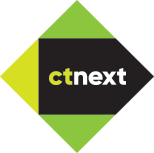
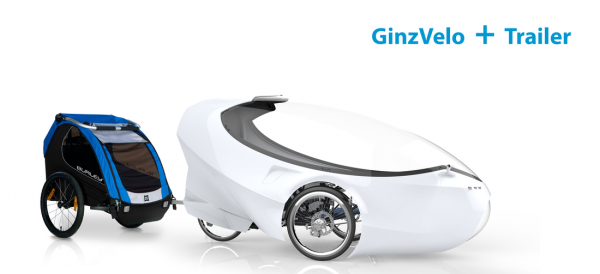
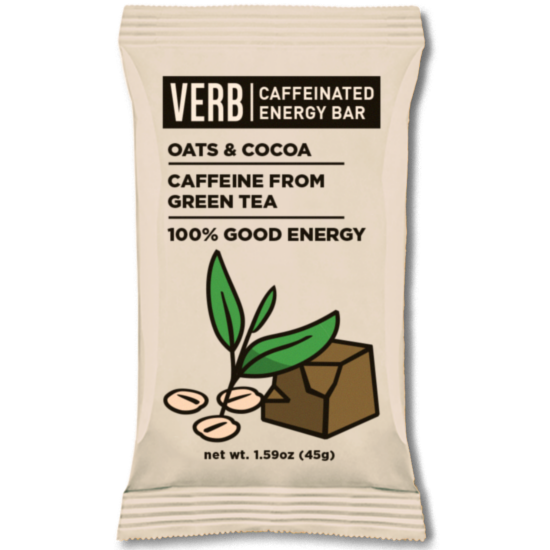


 Published
Published  Back in 2013, the state Bond Commission approved $1 million in borrowing to help an emergency home repair company move its headquarters from Stamford to Norwalk. The bonding was aimed at assisting the
Back in 2013, the state Bond Commission approved $1 million in borrowing to help an emergency home repair company move its headquarters from Stamford to Norwalk. The bonding was aimed at assisting the  Traffic safety topics being tracked nationwide include: Aggressive Driving, Automated Enforcement/Photo Monitoring, Child Passenger Protection, Distracted Driving, Driver’s Licensing, Impaired Driving, Motorcycle Safety, Pedestrian and Bicycle Safety, School Bus Safety, Seatbelts and Occupant Protection, Senior Drivers Issues, Slow-Medium speed vehicles, Speed Limits, and Teen Driver Issues.
Traffic safety topics being tracked nationwide include: Aggressive Driving, Automated Enforcement/Photo Monitoring, Child Passenger Protection, Distracted Driving, Driver’s Licensing, Impaired Driving, Motorcycle Safety, Pedestrian and Bicycle Safety, School Bus Safety, Seatbelts and Occupant Protection, Senior Drivers Issues, Slow-Medium speed vehicles, Speed Limits, and Teen Driver Issues.

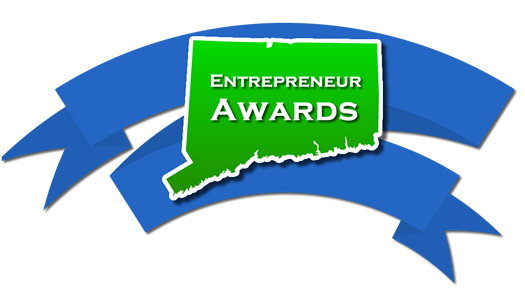


 h between 2012 and 2015. Founded in 2012, Loot Crate has more than 650,000 subscribers worldwide in 35 countries. The ranking summary points out that "Loot Crate’s position at the top of this year’s list showcases how innovation isn’t always about new technology and invention, but also about ingenuity, the recombining of existing assets, and know-how in new ways to maximize value."
h between 2012 and 2015. Founded in 2012, Loot Crate has more than 650,000 subscribers worldwide in 35 countries. The ranking summary points out that "Loot Crate’s position at the top of this year’s list showcases how innovation isn’t always about new technology and invention, but also about ingenuity, the recombining of existing assets, and know-how in new ways to maximize value." The focus of the Connecticut firms that made this year’s list reflected the overall composition of the rankings, which were based on companies’ revenue growth between 2012 and 2015. Software continues to have the greatest impact across technology sectors, representing 58 percent of the entire list and five of the top 10 winners overall.
The focus of the Connecticut firms that made this year’s list reflected the overall composition of the rankings, which were based on companies’ revenue growth between 2012 and 2015. Software continues to have the greatest impact across technology sectors, representing 58 percent of the entire list and five of the top 10 winners overall.


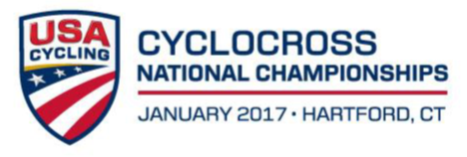 “The cyclocross national championships are the pinnacle of cyclocross racing in the United States each year,” said Micah Rice, Vice-President of National Events, USA Cycling. Cyclocross is a very specific type of bike racing, as described by Cyclocross Magazine. For the most part, the course is off-road but there are sometimes portions of pavement included in the course. Riders can expect to encounter grass, dirt, mud, gravel, sand, and a whole slew of other assortments and combinations. The races are based on a set time (measured by numbers of laps), not distance. Depending on your category, a race can be as quick as 30 minutes (for beginners), or as long as 60 minutes (for pros).
“The cyclocross national championships are the pinnacle of cyclocross racing in the United States each year,” said Micah Rice, Vice-President of National Events, USA Cycling. Cyclocross is a very specific type of bike racing, as described by Cyclocross Magazine. For the most part, the course is off-road but there are sometimes portions of pavement included in the course. Riders can expect to encounter grass, dirt, mud, gravel, sand, and a whole slew of other assortments and combinations. The races are based on a set time (measured by numbers of laps), not distance. Depending on your category, a race can be as quick as 30 minutes (for beginners), or as long as 60 minutes (for pros).